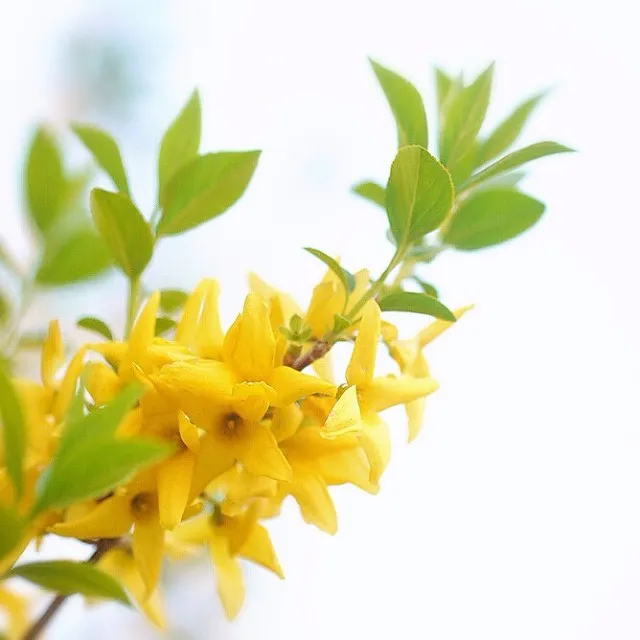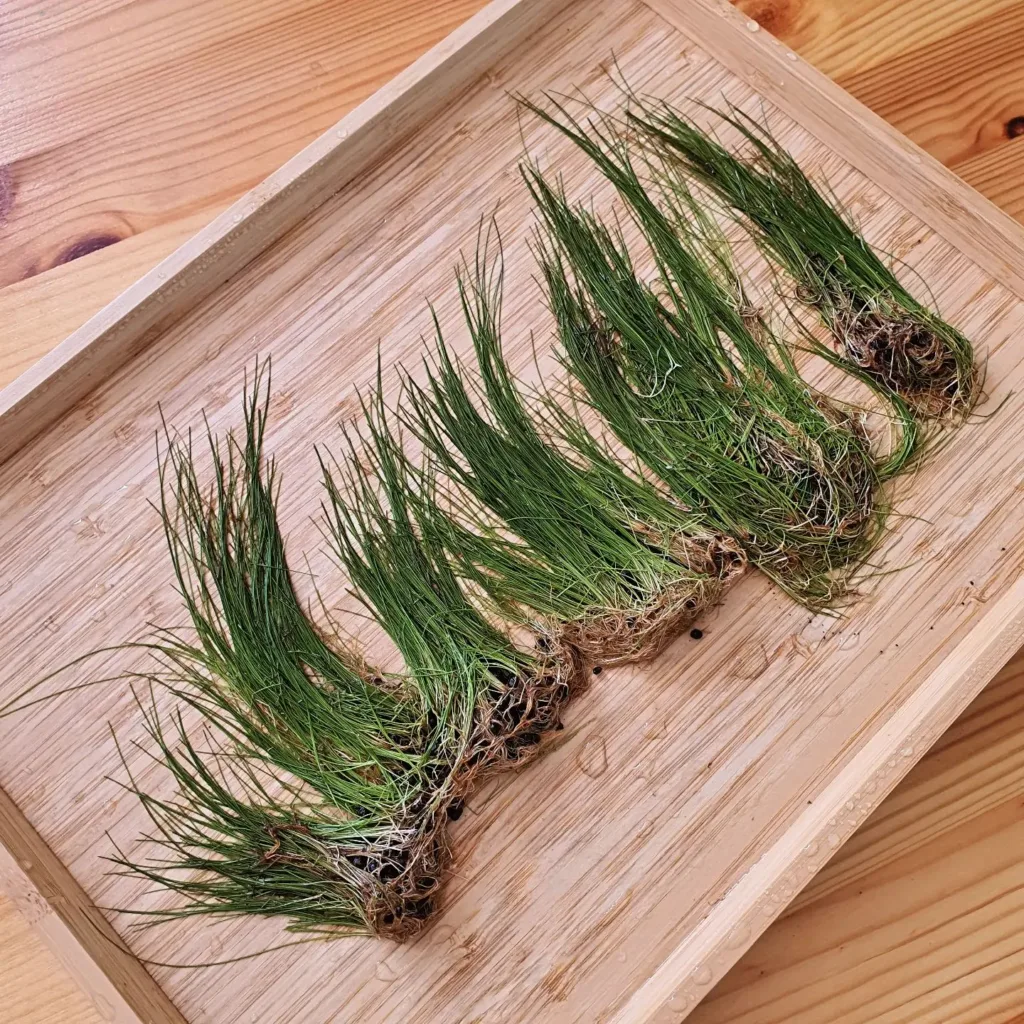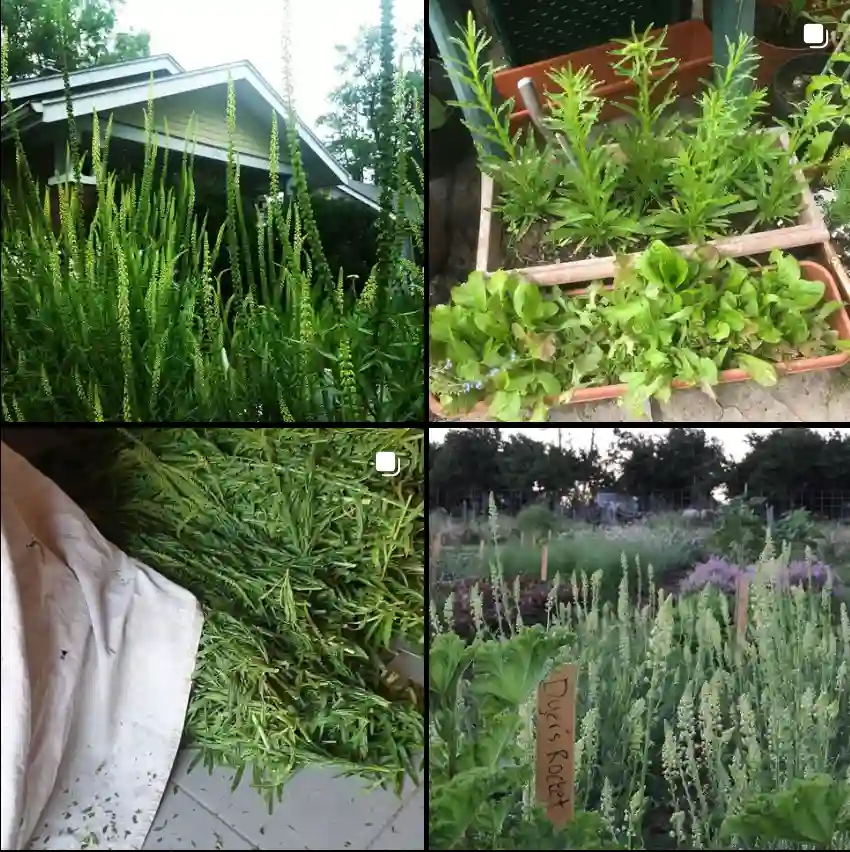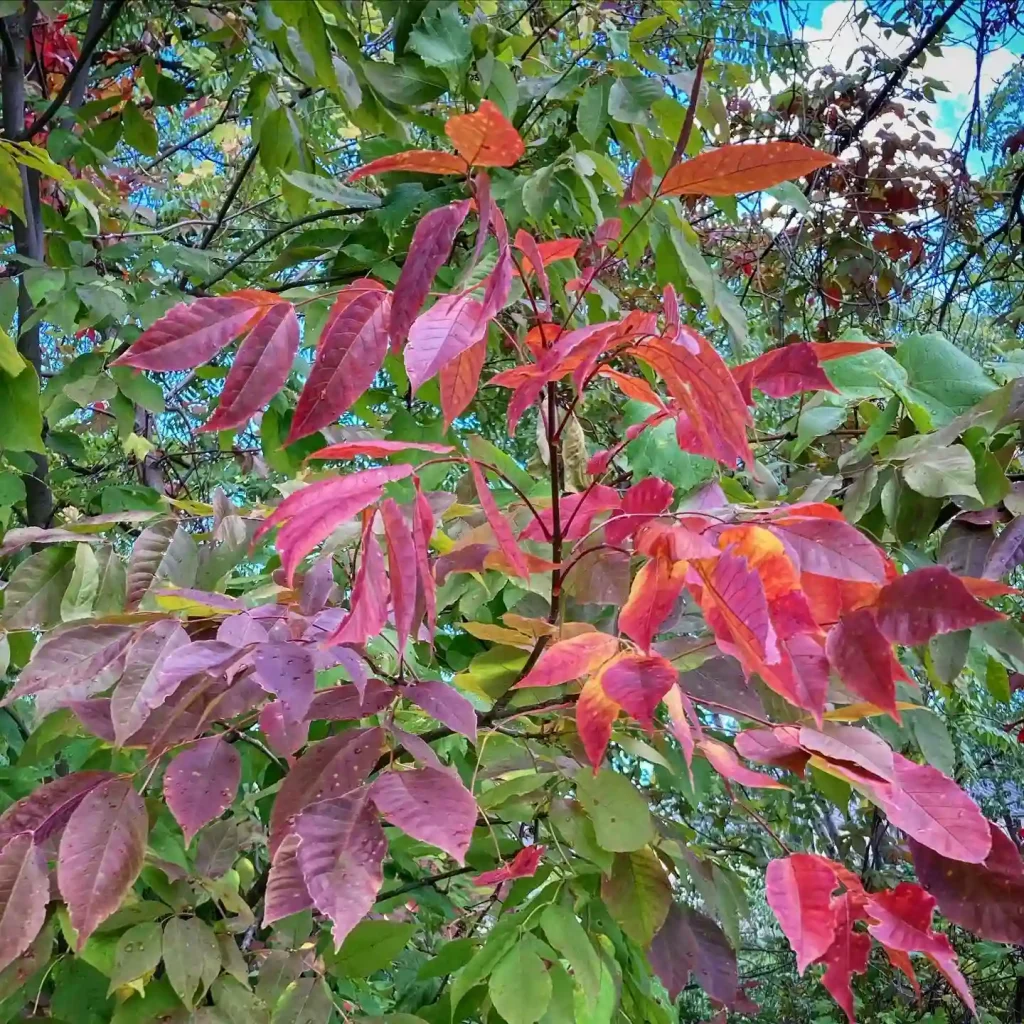FAQs About Alnus Rubra: Everything You Need to Know
As a passionate gardener, I’ve spent a lot of time researching and caring for various plants, including the Alnus Rubra, commonly known as the Red Alder. This tree is fascinating and quite unique, making it a popular choice for many gardeners and landscapers. Here’s a comprehensive FAQ guide based on my experiences and knowledge.
49 Species in Genus Alnus
What is Alnus Rubra?
Alnus Rubra, or Red Alder, is a deciduous tree native to the western regions of North America. Known for its striking reddish-brown bark and its adaptability to a range of soil types, this tree can grow up to 60 feet tall. It’s often found in riparian areas, which are regions near water bodies, but it also thrives in a variety of other environments.
How to Care for Alnus Rubra?
Caring for Alnus Rubra involves a few key practices to ensure its health and vitality. Here’s what I’ve learned:
- Soil: Red Alder prefers moist, well-drained soil, but it can tolerate a variety of soil types, including sandy and clay soils. If you’re planting it in a garden, make sure the soil is not too dry.
- Watering: This tree is relatively drought-tolerant once established, but regular watering during dry spells will help it thrive. In its early years, it will need more frequent watering to establish a strong root system.
- Sunlight: Alnus Rubra thrives in full sun but can also tolerate partial shade. However, it generally grows best and is more vigorous when exposed to full sunlight.
- Pruning: Pruning is not strictly necessary, but occasional pruning helps maintain the shape and remove any dead or diseased branches. It’s best to do this in late winter or early spring before new growth starts.
How to Propagate Alnus Rubra?
Propagation of Red Alder is most commonly done through seeds. Here’s the process I’ve followed:
- Collect Seeds: Gather seeds from mature cones in late summer or early fall. Ensure they are fully ripe.
- Prepare the Seeds: Soak the seeds in water for 24 hours to help with germination.
- Planting: Sow the seeds in well-drained soil. Plant them about 1 inch deep and space them about 6 inches apart.
- Care: Keep the soil consistently moist until germination occurs, which typically takes a few weeks. Once the seedlings are established, thin them out to prevent overcrowding.
What to Plant With Alnus Rubra?
Alnus Rubra pairs well with various plants that complement its growth and provide a balanced garden aesthetic. Consider planting:
- Understory Plants: Low-growing plants like ferns and shade-tolerant perennials can thrive in the undergrowth of a Red Alder, creating a lush, layered look.
- Companion Trees: Trees like the Western Hemlock or Douglas Fir can provide a varied forest canopy and enhance the overall appearance of your landscape.
- Ground Cover: Use ground cover plants like creeping juniper or hostas to fill in the spaces around the base of the Red Alder and prevent soil erosion.
Is Alnus Rubra Toxic?
Alnus Rubra is not toxic to humans or pets. In fact, it’s quite safe to have around children and animals. However, it’s always a good idea to prevent pets from chewing on any plants, as some may have digestive effects if consumed in large quantities.
Benefits of Alnus Rubra
The Red Alder offers several benefits:
- Erosion Control: Its extensive root system helps stabilize soil and prevent erosion, especially in riparian zones.
- Wildlife Habitat: Provides habitat and food for various wildlife species. Birds, insects, and small mammals are often attracted to the tree.
- Soil Improvement: Alnus Rubra has the ability to fix nitrogen in the soil, improving soil fertility and benefiting other plants growing nearby.
- Aesthetic Appeal: Its distinctive reddish bark and attractive foliage provide visual interest throughout the seasons.
Common Problems with Alnus Rubra
While generally a hardy tree, the Red Alder can face a few issues:
- Alder Rust: A common fungal disease that can cause rust-colored spots on the leaves. Regular inspection and proper spacing can help manage this.
- Pests: Insect pests such as aphids and scale insects may occasionally infest the tree. Neem oil or insecticidal soap can be effective treatments.
- Water Stress: Although it’s drought-tolerant, prolonged periods of dryness can stress the tree. Ensuring adequate water during dry periods is crucial.
Compare with Other Trees
Alnus Rubra vs. Alnus Incana (White Alder):
- Alnus Incana is similar in appearance but generally has lighter bark and is less tolerant of different soil types compared to the Red Alder.
Alnus Rubra vs. Betula Nigra (River Birch):
- Betula Nigra is another riparian tree but has a distinctive peeling bark and prefers slightly different soil conditions. It also tends to have a more ornamental appearance.
In conclusion, Alnus Rubra is a versatile and valuable tree with numerous benefits and relatively low maintenance requirements. Whether you’re looking to stabilize soil, attract wildlife, or simply add a unique element to your garden, Red Alder is worth considering.
If i die, water my plants!



